 Every December for the past 18 years, the prestigious London-based Apollo Magazine gives awards recognizing the “best” achievements in the art world over the past 12 months. The 2010 awards have now been posted online, and the winners are:
Every December for the past 18 years, the prestigious London-based Apollo Magazine gives awards recognizing the “best” achievements in the art world over the past 12 months. The 2010 awards have now been posted online, and the winners are:
Personality of the Year: Sam Keller, who “changed the way an entire generation of young collectors looks at art. While still in his 30s, he cemented Art Basel’s status as the ‘Olympics of the art world’ before parlaying the brand into Art Basel Miami Beach, nowadays America’s best fair for modern and contemporary art. And since taking over, in 2008, as director at the Fondation Beyeler, he has put on a series of spectacular exhibitions and helped open up this magnificent private collection to the public.”
As an aside, that “Olympics” reference comes from an article I wrote for The New York Times in 1999: “In The Olympics of Art World, Anything For An Edge.”
Museum Opening of the Year: The Art of the Americas Wing at MFA, Boston. Apollo, knowing that I had written articles about MFA director Malcolm Rogers and his campaign to build the wing, asked me to write a short piece for the award. I began it:
The new Art of the Americas Wing at the Museum of Fine Arts, Boston, began with a big idea. Unlike so many museum expansions, it wasn’t about erecting a signature piece of architecture to draw visitors but which might steal attention from the art inside. Nor was it simply about creating more space.
I’ve written way too much about MFA-Boston this fall (see here and here), but…it deserved every article.
Exhibition of the Year: The Sacred Made Real: Spanish Painting and Sculpture 1600-1700, at the National Gallery in London and the National Gallery of Art in Washington, “revealed to us – in breathtaking manner – an oft-neglected area of art history.”
Book of the Year: French Porcelain in the Collection of Her Majesty the Queen, by Geoffrey de Bellaigue — a “monumental three-volume work (1,291 pages, with 2,400 illustrations – nearly all in colour) that scholars, collectors and amateurs of Vincennes/Sèvres porcelain have been anticipating eagerly for such a long time and the likes of which will probably never be seen again.”
Acquisition of the Year: the Staffordshire Hoard, discovered in 2009 and saved for the UK after a fund-raising campaign, “where they belong” — “jointly secured for Birmingham Museums & Art Gallery and the Potteries Museum & Art Gallery. It is an acquisition of unparalleled importance for both organisations, and for the West Midlands in general.”
Fine choices, I’d say. Congratulations to the winners.
Photo Credit: Courtesy Apollo Magazine

 We can not let November fade into history without returning to the
We can not let November fade into history without returning to the 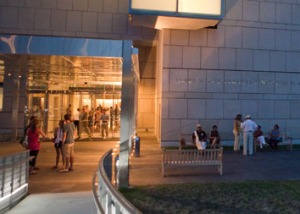 What’s more, when the VMFA was open last Memorial Day and July Fourth, it drew “a couple of thousand” visitors.
What’s more, when the VMFA was open last Memorial Day and July Fourth, it drew “a couple of thousand” visitors. 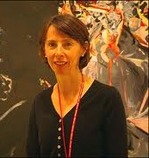
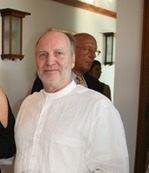
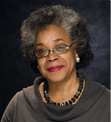 Lowery Stokes Sims (at right) set herself a rather impossible task when she decided to organize an exhibition called “
Lowery Stokes Sims (at right) set herself a rather impossible task when she decided to organize an exhibition called “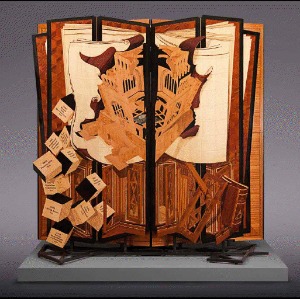 The result, which she describes as “big and chaotic,” in now on view at the Museum of Art and Design, and the subject of
The result, which she describes as “big and chaotic,” in now on view at the Museum of Art and Design, and the subject of  And that’s what many people would like to believe about Rocco Landesman’s campaign, from his perch as head of the National Endowment for the Arts, that creating arts districts all over the U.S. will lead to economic development.
And that’s what many people would like to believe about Rocco Landesman’s campaign, from his perch as head of the National Endowment for the Arts, that creating arts districts all over the U.S. will lead to economic development.  The article,
The article,